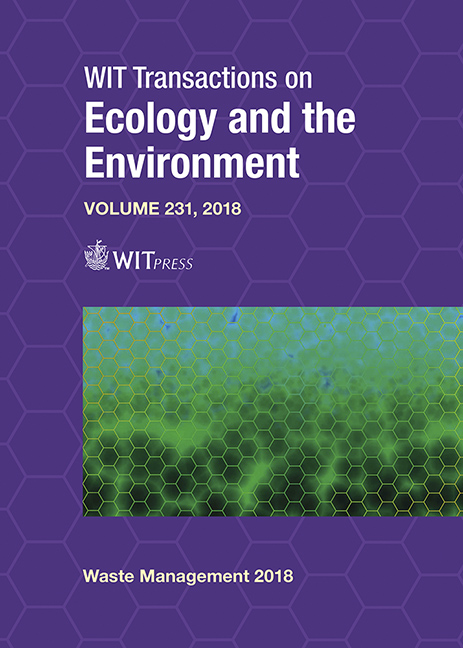THE USE OF WASTE PLASTICS FOR PLASTINATION OF ORGANIC MATERIALS AND IN CIVIL CONSTRUCTION MATERIALS
Price
Free (open access)
Transaction
Volume
231
Pages
8
Page Range
193 - 200
Published
2019
Paper DOI
10.2495/WM180181
Copyright
WIT Press
Author(s)
VISHVESWARA RAMKRISHNA, NANJAPPA LEELAVATHY
Abstract
Plastic teacups and thermocol play a major role in environmental pollution, hence proper recycling or disposal of these materials becomes most important. The Department of Anatomy has invented a new method of recycling these plastic teacups and thermocol, for the first time in the world, which can be used for the preservation of organs, especially of endangered species, cadavers, in veterinary, medical and other biological sciences. The organs are being traditionally preserved in formalin solution. This method has many disadvantages as formalin is an irritant to eyes, nose and throat and is also carcinogenic. The present method has many advantages – first being the recycling of environmental pollutants such as plastic teacups and thermocol, thus reducing the environmental pollution; the second advantage is, by reusing them as preservative, the organs and cadavers can be preserved in dry condition for teaching, research and museum purposes; and the third advantage is, leftover solution can be used to prepare bricks and to fill potholes. The western world is also preserving the biological specimens by using epoxy-resins and silicon, which is a very costly process and not affordable in developing countries. In order to overcome this, the present economical method of preservation is very useful.
Keywords
environmental pollution, plastic teacups, thermocol, biological specimen, preservation, bricks





